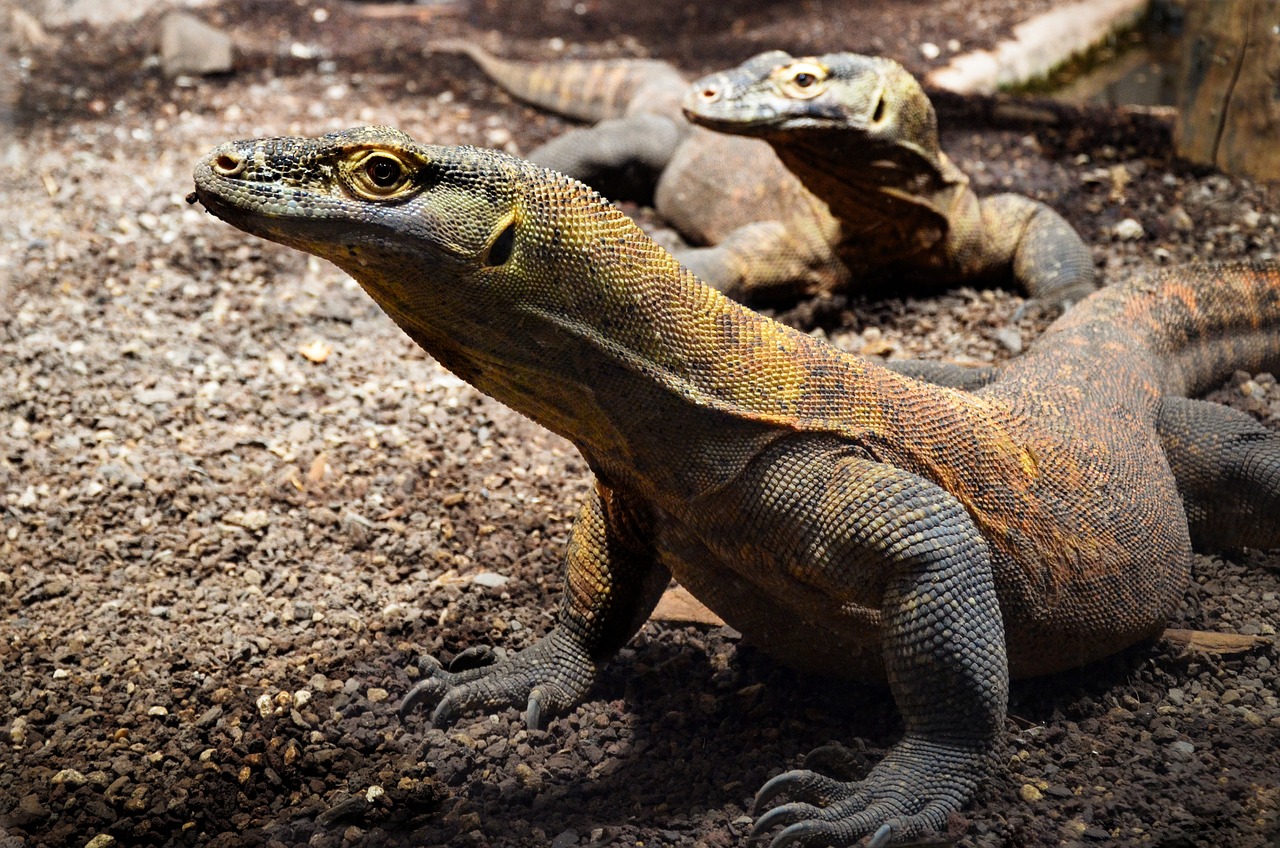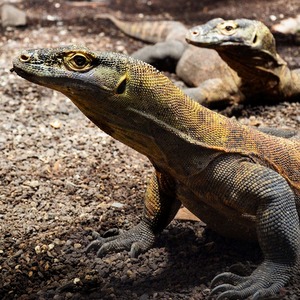
— In the countries of East Asia, the image of a fairy-tale dragon is extremely popular. From the point of view of zoology, the Chinese dragon is a mythical animal that resembles both a huge snake and a strongly elongated crocodile with weak front and hind legs. In the evolution of archosaurs (extinct reptiles – relatives of modern crocodiles), fossil forms are known that resemble the appearance of a mythical Chinese dragon, but they led an aquatic lifestyle.
Among the extinct reptiles, the name “dragon”, that is, the flying lizard, Triassic cuneosaurs, found in fossil form on the territory of modern England, can be justified at a stretch. On the sides of the body of cuneosaurs, there were leathery membranes supported by elongated ribs and capable of spreading out in the form of wings. It is believed that cuneosaurs could glide in the air between neighboring trees in the forest.
In the modern animal world, many representatives have the proud name “dragon”. So, on the coast of the Black Sea at the bottom, you can literally “run into” the poisonous thorns of the dorsal fin of a small fish called “sea dragon” from the family of the same name, in which there are 8 species. Burrowing into the ground, the “dragon” waits for its prey, carefully watching with the help of eyes located on the upper side of the head for all who approach it. The injection of a poisonous thorn causes unbearable burning pain, convulsions, delirium in a person, sometimes leading to death. It takes up to several months to heal.
Among the reptiles, the largest modern lizard, the Komodo monitor, is often called the Komodo dragon. With a 3-meter length, it can weigh up to 150 kg. It is an example of typical island gigantism in reptiles and systematically belongs to the monitor lizard family. In adulthood, this “dragon” feeds on large animals – wild boars, deer, even attacks buffaloes, damaging their tendons. The lizard's saliva is poisonous, and after a day or three after being bitten by a lizard, the wounded animal weakens and cannot resist the reptiles attacking it. Komodo monitors often feed on carrion. Living on many islands of the Indian Ocean, these “dragons” swim well and live up to 50 years. Females lay eggs in long burrows. The hatched juveniles suffer from adult cannibalism and therefore live in trees.
In the Agamaceae family – lizards living in the Old World – there are 18 species of flying dragons – representatives of the genus Draco. These small lizards, 10–40 cm long, are capable of gliding flight, since they have wide skin folds on the sides of the body, supported by 5–7 pairs of strongly elongated false ribs. These folds – the cervical lateral outgrowths and throat sacs of males – are extremely brightly colored, so flying dragons resemble tropical butterflies in flight! Lizards’ fly in the air allows them to overcome up to 30 meters, planning to a nearby tree in case of danger. Lizards feed on insects, leading an arboreal lifestyle. Males have individual hunting areas. Females lay eggs in cracks in the bark. Flying dragons live in Southeast Asia – from India to the Philippines and the Lesser Sunda Islands. These are the most harmless of modern dragons.
Irina Dyuzhaeva,
Photo – pixabay
 RU
RU  EN
EN  CN
CN  ES
ES 